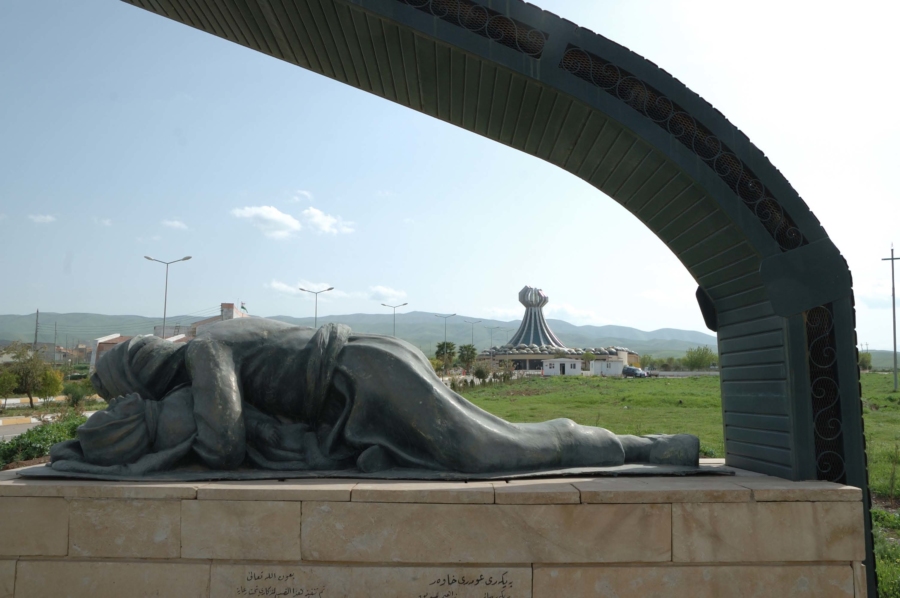The Library of Nippur, one of the oldest offices in history, is the most important religious city for the Sumerians, and the library forms part of the main temple of the city (the temple of the god Enlil, the chief of the Sumerian gods) and was mentioned in the epic of Gilgamesh is that he is the one who brought about the flood
The library contains nearly 40 thousand written items, including clay tablets. Its content varies from commercial transactions to mathematical tables, geographic tables and other topics. It is located in the province of Diwaniyah, southern Iraq.
The city of Nippur, the religious capital of the Iraqis five thousand years ago, occupies the forefront among the archaeological sites in Diwaniyah, this city where humanity learned to read and write for the first time and to use wheels and seals
Nefer or Nippur, which is the original name for it when the Sumerians. It is the religious capital of the Sumerians and Babylonians. It is located thirty kilometers south of the city center of Al-Diwaniyah, the capital of Al-Qadisiyah governorate, and at a distance of 7 km north-east of the city of Afak, one of the districts of Al-Qadisiyah governorate, which is located at a distance of 175 km south of Baghdad. It is located on the right bank of the oldest Euphrates stream.
Translated from:










